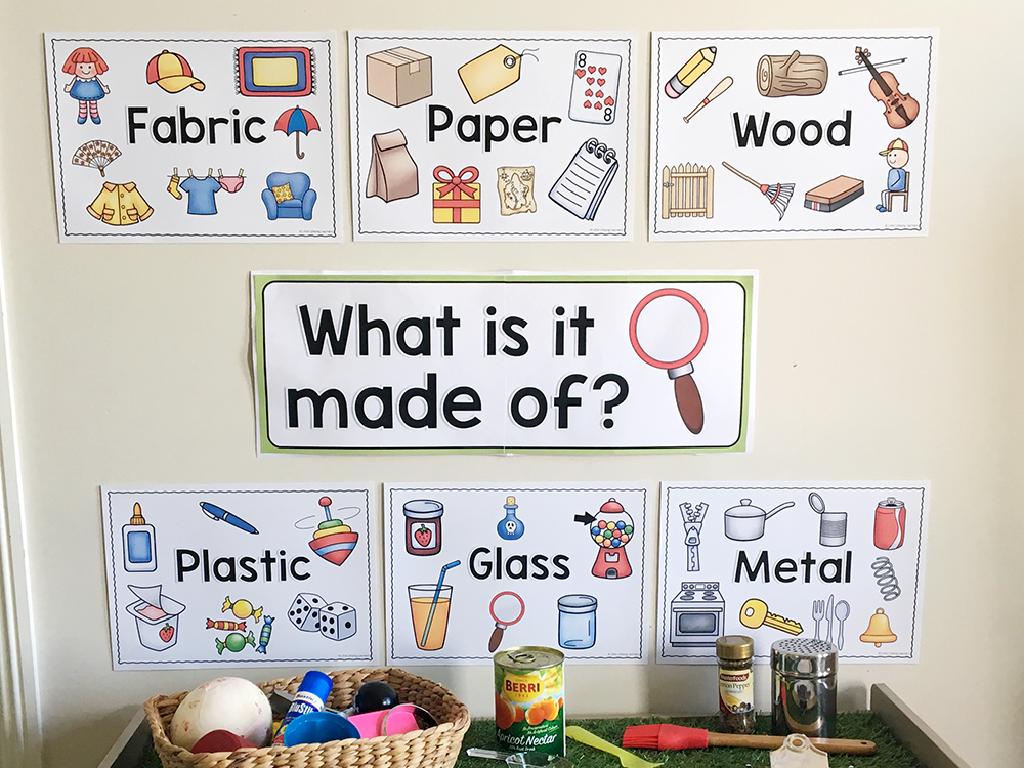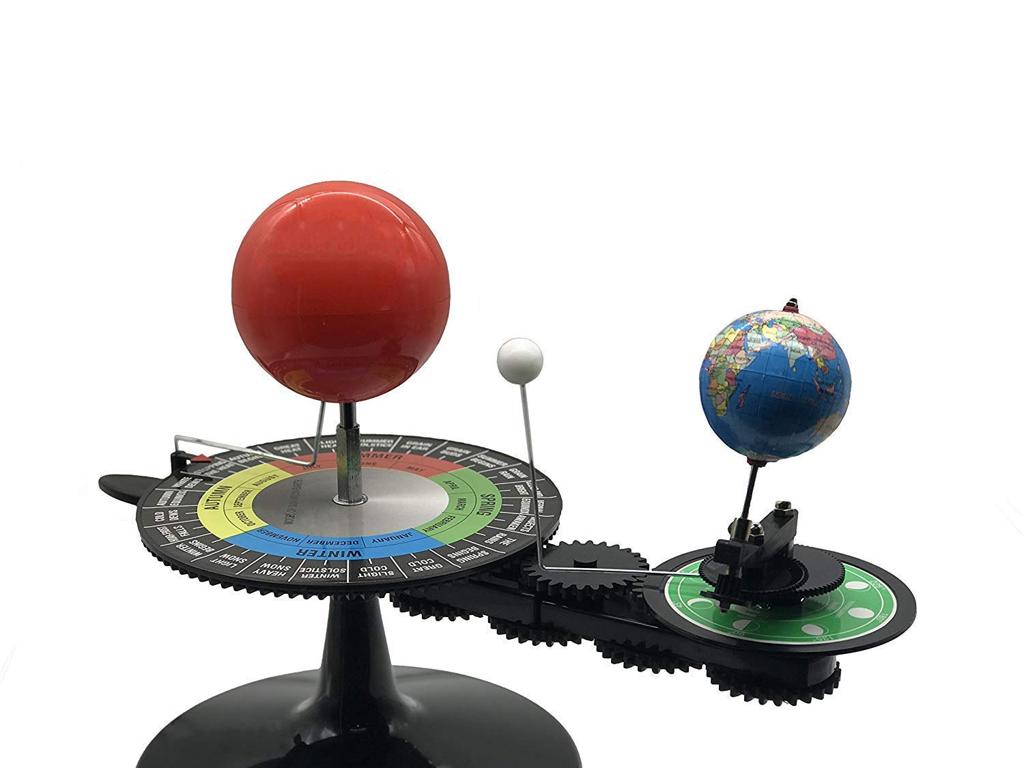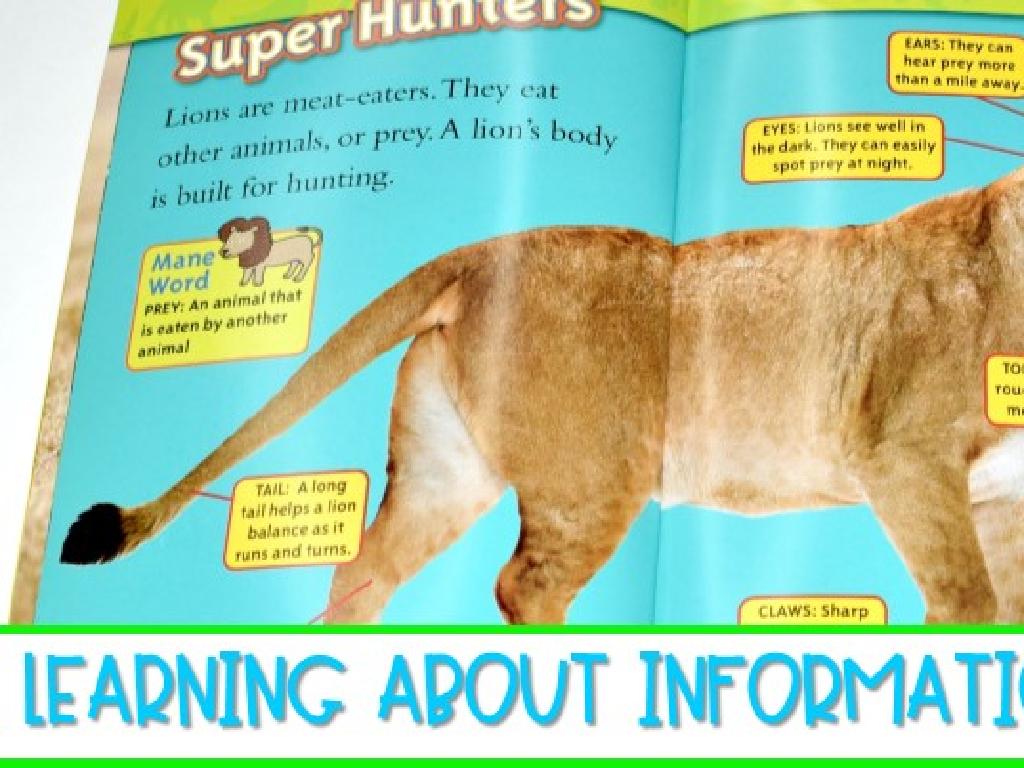The Columbian Exchange
Subject: Social studies
Grade: Seventh grade
Topic: Age Of Exploration
Please LOG IN to download the presentation. Access is available to registered users only.
View More Content
The Columbian Exchange: A Key Event in History
– Exploring the Age of Exploration
– What is the Columbian Exchange?
– The vast transfer of goods, crops, and populations between the New and Old Worlds
– Global impact of the Exchange
– Introduced new foods, animals, and ideas, changing societies globally
– Why it’s a pivotal historical event
– It reshaped the world’s agriculture, economy, and even population demographics
|
This slide introduces students to the Age of Exploration, setting the stage for understanding the Columbian Exchange’s significance. The Columbian Exchange refers to the massive transfer of goods, crops, animals, and people between the Americas and the Old World following Columbus’s voyages. It’s crucial for students to grasp how this event led to significant and lasting changes worldwide, including the introduction of new staple crops to various continents, the spread of diseases that had profound demographic impacts, and the exchange of cultural practices. Discuss how these exchanges have shaped the modern world, emphasizing the importance of understanding historical context to comprehend contemporary global connections.
Understanding the Columbian Exchange
– Define the Columbian Exchange
– A large-scale exchange of goods, crops, and ideas between the New and Old Worlds.
– Columbus’s role in the exchange
– Columbus’s voyages in 1492 connected two worlds, starting the exchange.
– Global impact of the exchange
– It reshaped diets globally and led to significant cultural shifts.
– Cultural and ecological effects
– Introduced new foods and animals, altered agriculture, and affected populations.
|
The Columbian Exchange refers to the widespread transfer of plants, animals, culture, human populations, technology, diseases, and ideas between the Americas, West Africa, and the Old World in the 15th and 16th centuries. This exchange began with Christopher Columbus’s first voyage to the Americas in 1492 and had profound effects on the world. It not only changed the way people lived altering diets and farming practices but also had significant ecological and cultural impacts. For example, the introduction of new staple crops like potatoes and maize to Europe and the Old World led to population growth, while the introduction of horses and cattle to the New World transformed the lives of indigenous peoples. The exchange also had darker aspects, such as the spread of diseases that decimated populations. This slide will serve as an introduction to the complex and transformative effects of the Columbian Exchange on global history.
Goods Traded in the Columbian Exchange
– New World to Old World goods
– Examples: maize, potatoes, tomatoes, cacao
– Old World to New World goods
– Examples: wheat, sugar, rice, horses
– ‘Old World’ and ‘New World’ concept
– ‘Old World’ refers to Europe, Africa, Asia; ‘New World’ to the Americas
– Impact of the exchange
|
This slide introduces students to the Columbian Exchange, focusing on the transfer of goods between the New World and the Old World. The ‘New World’ refers to the Americas, where products like maize, potatoes, tomatoes, and cacao originated. The ‘Old World’ encompasses Europe, Africa, and Asia, which introduced wheat, sugar, rice, and horses to the New World. Highlight the significance of these exchanges and how they transformed societies, economies, and diets globally. Discuss the long-term impacts, such as population growth due to new staple crops and the introduction of new farming practices. Encourage students to think about how these exchanges still affect their lives today.
Impact of The Columbian Exchange on Societies
– Positive dietary and agricultural changes
– Introduction of new crops like potatoes improved nutrition.
– Negative impact: spread of diseases
– Diseases like smallpox led to significant population declines.
– Cultural exchanges
– Sharing of art, language, and religion between continents.
– Formation of new societies
– Merging of indigenous and European cultures created diverse communities.
|
This slide aims to discuss the profound effects of The Columbian Exchange on various societies. Emphasize the positive impacts, such as the introduction of new crops to Europe and the Americas, which led to enhanced diets and agricultural diversity. Contrast this with the devastating spread of diseases like smallpox and measles to the Americas, which caused massive population losses. Highlight the rich cultural exchanges that occurred, including the sharing of art, language, and religion, which ultimately led to the formation of entirely new societies with blended cultural identities. Encourage students to think critically about how these exchanges continue to influence the modern world.
Impact of the Columbian Exchange
– Maize revolutionizes European agriculture
– Maize, a New World crop, became a staple in Europe, altering diets and farming.
– Horses transform Native American life
– Horses, brought by Europeans, greatly affected transportation and warfare for Native Americans.
– Smallpox’s tragic impact in the New World
– Smallpox, introduced by Europeans, led to widespread loss of life among indigenous populations.
– Cultural and ecological exchanges
|
This slide aims to highlight specific examples of how the Columbian Exchange affected both the Old and New Worlds. Maize, or corn, was unknown in Europe before the exchange and became a crucial crop, changing agricultural practices and supporting population growth. The introduction of horses by Europeans had a profound impact on Native American cultures, revolutionizing their hunting, travel, and combat methods. Conversely, the spread of smallpox and other diseases by Europeans decimated indigenous populations, leading to significant cultural and demographic shifts. The Columbian Exchange was not just about the transfer of goods, but also a pivotal event that reshaped societies, economies, and environments across continents.
Long-Term Effects of the Columbian Exchange
– Demographic shifts post-exchange
– Populations changed due to diseases and migration.
– Economic rise of European nations
– Europe’s wealth grew with new trade goods and crops.
– ‘Great Dying’ environmental impact
– Massive population loss in the Americas due to disease.
– ‘Little Ice Age’ climatic changes
– Global cooling affected agriculture and societies.
|
This slide aims to discuss the profound long-term effects of the Columbian Exchange on demographics, economics, and the environment. Demographically, the introduction of new diseases to the Americas led to significant population declines, while European nations saw population growth and diversity due to migration. Economically, the influx of new crops and resources contributed to the rise of European powers, shifting the balance of global wealth. Environmentally, the ‘Great Dying’ refers to the devastating impact of disease on indigenous populations, while the ‘Little Ice Age’ brought about climatic changes that affected global agriculture and societal structures. Encourage students to reflect on how these changes continue to influence the modern world.
Class Activity: Trading Roles
– Divide into Old World & New World groups
– Each group gets tradeable goods cards
– Negotiate and trade goods with peers
– Reflect on Columbian Exchange impacts
– Discuss how trades affected both worlds
|
This interactive class activity is designed to simulate the Columbian Exchange’s trading process. By dividing the class into two groups representing the Old World (Europe, Asia, and Africa) and the New World (Americas), students will engage in a hands-on learning experience. Provide each group with cards representing goods such as crops, animals, and technologies that were traded between the two worlds. Encourage students to negotiate and trade cards, mirroring the historical exchanges. After the activity, lead a discussion on how these trades impacted both societies economically, culturally, and environmentally. Possible variations of the activity could include using a points system to simulate economic impact or having students research and present the origin and impact of the goods they traded.
Reflecting on The Columbian Exchange
– Discuss trading activity insights
– Reflect on Columbian Exchange impact
– How global trade began and its effects on today’s world.
– Engage in Q&A session
– Encourage critical thinking
– Ask thought-provoking questions, consider ‘what if’ scenarios.
|
This slide aims to consolidate the students’ understanding of The Columbian Exchange and its long-term effects on the modern world. Begin by discussing what the students learned from the trading activity, emphasizing the exchange of goods, ideas, and cultures. Reflect on how The Columbian Exchange has shaped economic and cultural landscapes globally. Conduct a Q&A session to address any uncertainties and to delve deeper into the topic, encouraging students to think critically about the historical significance and the ‘what if’ aspects of the exchange. This discussion will help students to connect historical events to the present and to appreciate the complexity of historical cause and effect.
Homework: Impacts of the Columbian Exchange
– Research essay on Columbian Exchange effects
– Include one positive and one negative effect
– Consider how the Exchange altered ecosystems, economies, or cultures
– Prepare a presentation on a traded item
– Choose an item like corn, potatoes, or horses
– Focus on the item’s impact during the Exchange
– Discuss how the item affected the lives and societies
|
This homework assignment aims to deepen students’ understanding of the Columbian Exchange’s complex consequences. They should research and articulate both the beneficial and detrimental outcomes of this period. Encourage them to think critically about the long-term effects on native populations, the environment, and global trade. For the presentation, students should select an item that was traded, such as crops or animals, and analyze its specific impact on the societies involved. This will help them grasp the significance of the Exchange and its role in shaping the modern world. Provide resources for research and guidelines for essay structure. Offer examples of items to choose from and suggest they use visuals in their presentations to enhance understanding.






